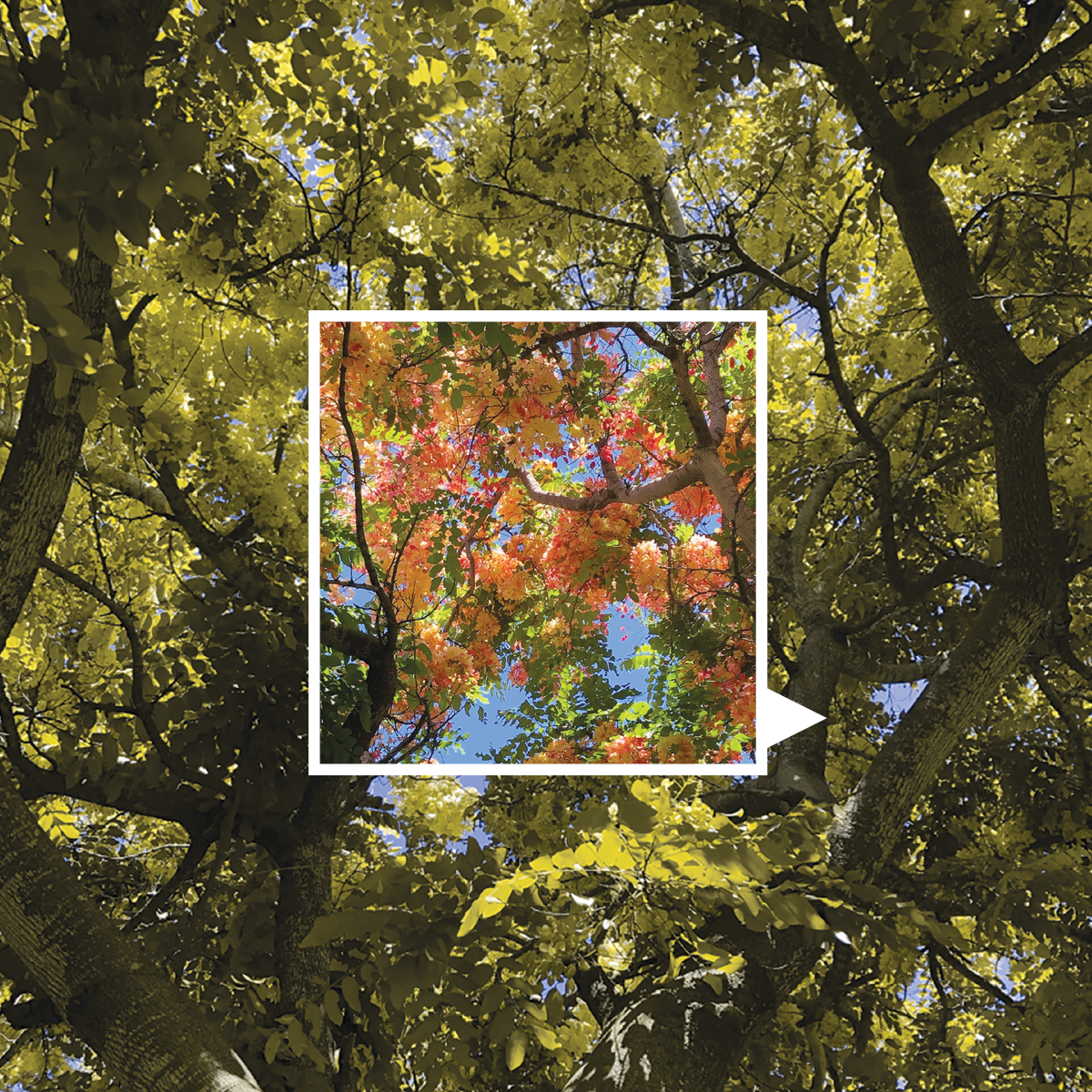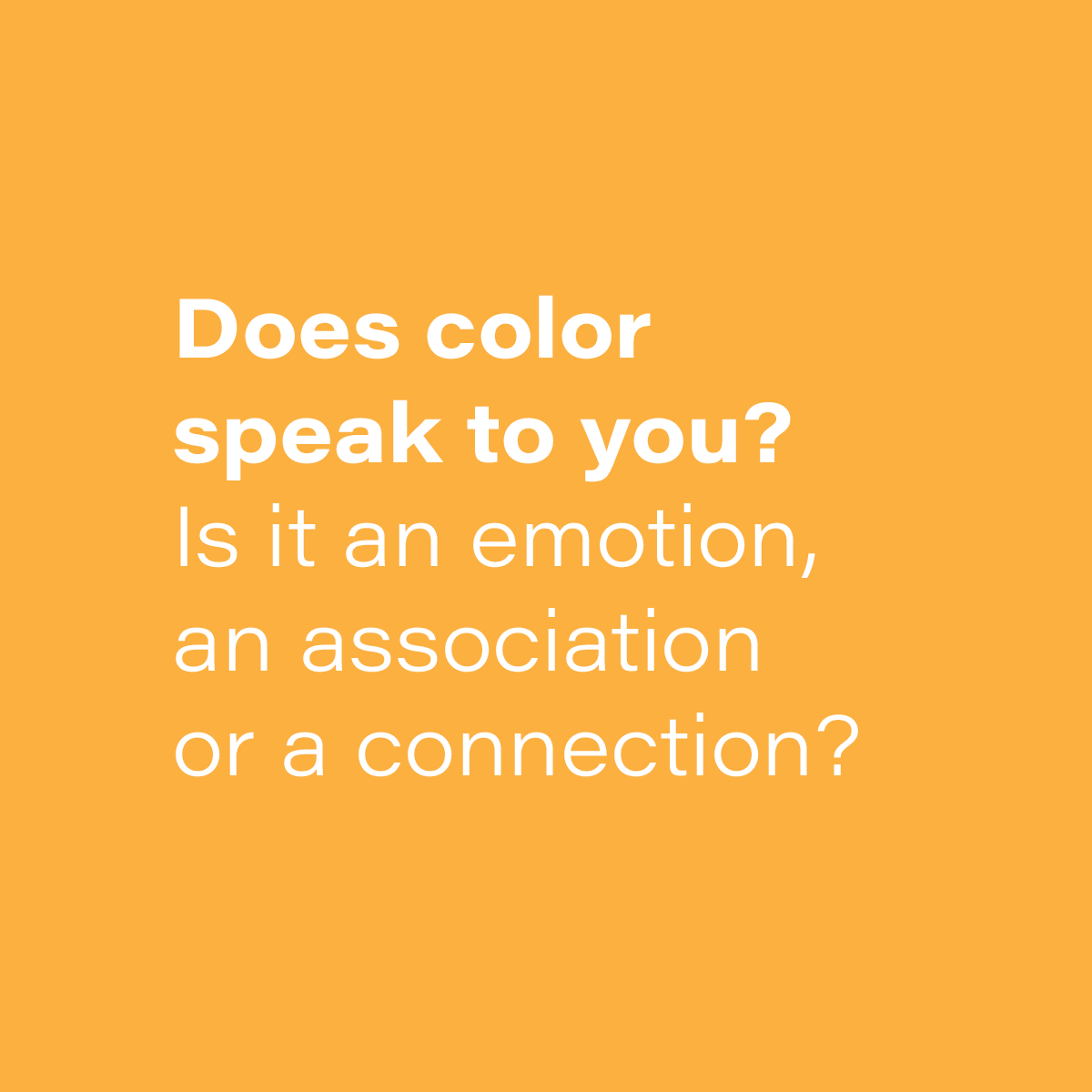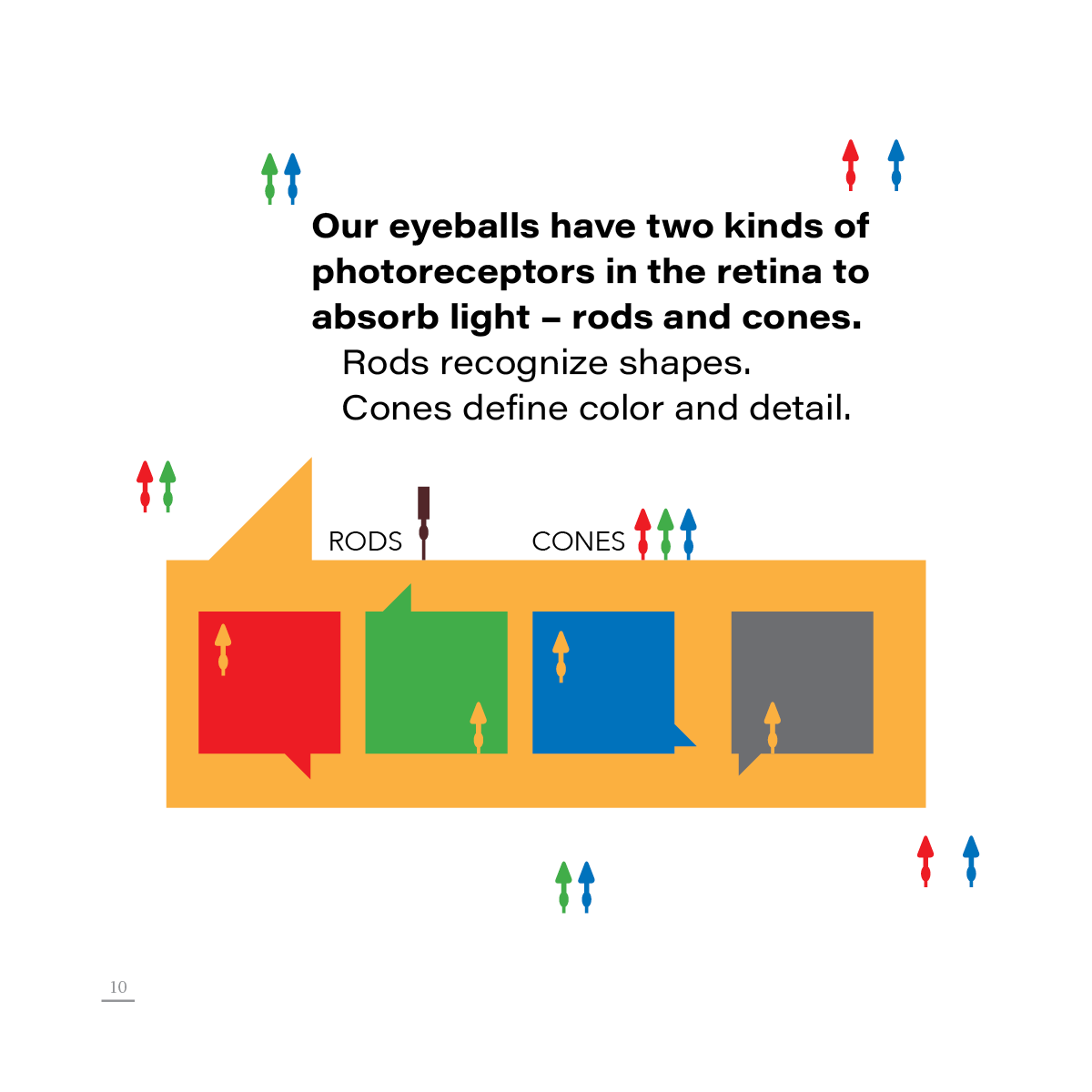We learn to recognize color by the age of two.
Color identity evolves with medium, process and color management systems. Here color becomes educational.
Color Blind Curriculum
is an evolving creative practice towards a new color thinking.
An idea for design adaptation.
Color Blind Curriculum, is the next step towards inclusive design practice.
It is an instructional guide for graphic designers to study design within color blind settings. The course sets the design direction for brand identity, product promotion, design conflicts, brand collaboration and art direction using the comparative color analysis. Crucial visual impairment overview provides insights for a responsive, inclusive and adaptive design environment.



To achieve Color Blind Curriculum's communication goal, it is essential for design to study limited color vision.




Survey of basic to advanced color classification categories like learning blocks; wiring; functional structure; style attributes; establishing communication hierarchy; way-finding routes and more are few starting points for comparative vision studies.
As an important measure in data classification, color is the identity to distinguish between categories, groups, organization, ranking, separation and sorting.
An inclusive color practice is not limited to the graphic designer; or one project; or just the creative industry. Nor is it bound by the user’s personal space.
Color Blind Curriculum calls for a wider participation, for it is a joint responsibility.



